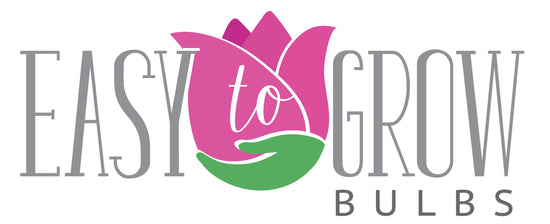Best Bouquet Fillers For Cut Flower Garden

If you’re growing a cut flower garden, don’t just focus on the stunning focal flowers! Floral designers all over the world know that to design an interesting bouquet, you also need a variety of “filler” plants. Filler plants are those that get tucked in after all of the main-event flowers have been added to the arrangement, so let’s have a chit-chat about why they’re important and how to choose the best fillers for your works of art.
What’s the benefit of filler plants?
Just throw a buncha flowers in a vase and you’re golden, right? Well, that could work, but if you take a little extra time to plan it out the way floral designers do, you’ll be much happier with the results. Fillers have a job to do in bouquets and arrangements, and they do it well.
- They’re beautiful. You’ll never hear us argue the exotic beauty of lilies — lilies are so scene-stealingly gorgeous that no one but a fool would try to argue otherwise. But even the stars of the show need supporting cast members that are every bit as beautiful on their own. The beauty of fillers is that they don’t compete with the star.
- They support the surrounding flowers. Now, we’re talking support in that, as just mentioned, fillers don’t compete with your focal point flowers. But they can offer physical support as well, holding up the other stems and filling out the entire arrangement. Beauty and function; we like it!
- They add texture and contrast. Many filler plants have smaller flowers that nicely complement their neighbors’ larger and showier petals. And not all filler plants are flowers — many have interesting foliage that adds texture and size/shape contrast as well. It’s this balance of different sizes and textures that make a floral arrangement next level.
- They fill gaps. You always want your floral arrangements to look full and lush, and that’s why fillers are so valuable. They “fill in” those holes and gaps in your bouquet design, rounding it out and making it appear complete.
What to Look for When Choosing Fillers
Not just any flower or leaf from your garden will do. While we certainly welcome experimenting with the oddball foliage plant in your garden (hey, that’s how we all do it, right?), there are a few things you’ll want to keep in mind for a plant to make the Filler grade:
- Longer shelf life: Some plants wilt within minutes of being cut, and although they may be lovely, they’ll never make it in an arrangement. Look for plants with sturdy stems and foliage/petals that won’t wilt or drop. Your goal is to get about a week of shelf life out of your bouquet flowers, including your filler plants.
- Contrast to your main flowers: Use different or complementary colors, and varying sizes of petals and leaves. Avoid making it look like a Crazy Train by not adopting a “one of everything” approach. Contrast adds interest, but you still need continuity to pull it all together.
Best Bouquet Fillers for Cut Flower Gardens
This is certainly not an exhaustive list, and there are many more flower options than herbs or foliage, but these are some of our all-time faves:
| Flowers | Herbs | Foliage |
| Gypsophilia | Sage | Dusty Miller |
| Astrantia | Basil | Ivy |
| Feverfew | Daisy Mint | Myrtle |
| Lily of the Valley | Catmint | Lemon Leaves |
| Astilbe | Chocolate Mint | Eucalyptus |
| Yarrow Ferns | ||
| Hydrangea | ||
| Lilac | ||
| Carnation | ||
| Dianthus | ||
| Statice | ||
| Delphinium |
- Jenny Peterson
